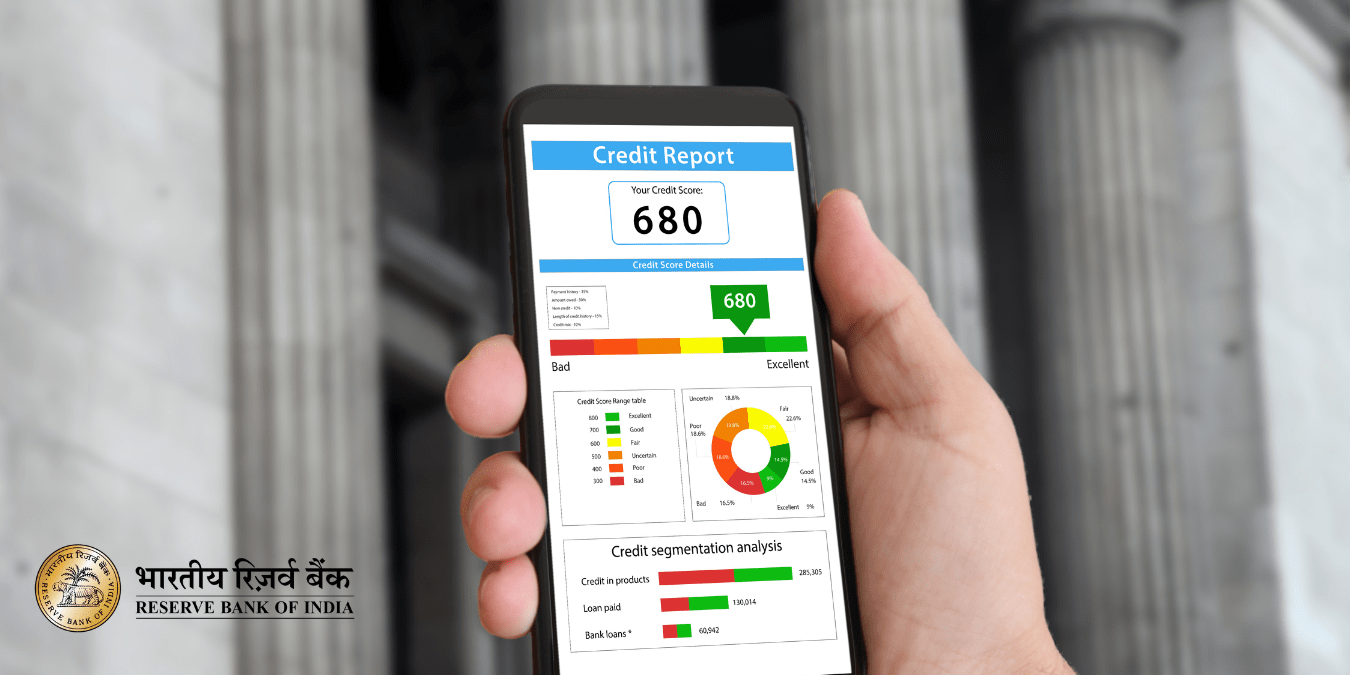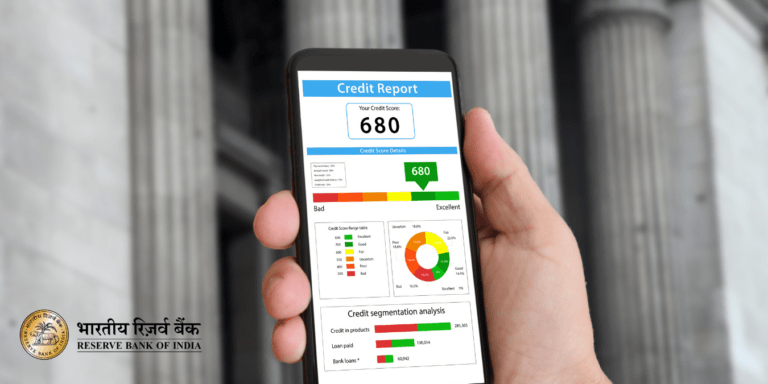
“Why are rents so high in Delhi, Mumbai, Bangalore & Kolkata? Explore the shocking reasons—population boom, low supply, black money—and discover solutions like co-living, govt schemes & the Model Tenancy Act. Learn how to save on rent in metro cities! “
The skyrocketing rental prices in India’s metro cities like Delhi, Mumbai, Bangalore (Bengaluru), and Kolkata have become a pressing concern for millions of urban dwellers. As of 2025, the dream of affordable housing in these bustling hubs seems increasingly out of reach for young professionals, students, and families alike. With rents surging by up to 64% in some areas over the past five years, according to a 2024 Anarock report, the question looms large: What is driving these high rents, and how can affordability be restored? In this blog post, we’ll dive into the reasons behind the rental crisis in these metro cities and explore actionable solutions to address the affordability challenge, backed by the latest data and trends.
Why Are Rents So High in Delhi, Mumbai, Bangalore, and Kolkata?
The rental market in India’s top metro cities has witnessed unprecedented growth, fueled by a combination of economic, social, and infrastructural factors. Let’s break down the key reasons behind the high rents in Delhi, Mumbai, Bangalore, Kolkata, and other urban centers.
1. Rapid Urbanization and Population Growth
India’s metro cities are magnets for job seekers, students, and professionals due to their robust economies and opportunities. Mumbai, the financial capital, Bangalore, the IT hub, Delhi, the political and corporate center, and Kolkata, a growing industrial and cultural hub, attract millions annually. This influx has led to a population boom, with over 35-40% of India’s population now residing in urban areas, as per Scripbox’s 2024 analysis. The demand for housing far outstrips supply, pushing rental prices upward.
For instance, Bangalore’s population has grown significantly due to its thriving IT/ITeS sector, driving rental demand in areas like Whitefield and Sarjapur Road. Similarly, Mumbai’s limited land availability exacerbates the housing crunch, making even modest apartments exorbitantly priced.
2. Post-Pandemic Return to Office Culture
The COVID-19 pandemic temporarily stalled rental growth as remote work became the norm, and many professionals returned to their hometowns. However, since mid-2023, the return-to-office mandates by IT giants and corporations have reversed this trend. Anarock data from Q1 2024 shows a 4-9% quarterly jump in rents across Delhi, Mumbai, Bangalore, and Kolkata, with Bangalore leading at a rental yield of 4.45%. This surge reflects the renewed demand for proximity to workplaces, especially in IT-dominated cities like Bangalore and Pune.
In Mumbai, redevelopment projects have displaced homeowners into the rental market, further tightening supply and inflating rents. Delhi’s Dwarka and Noida’s Sector 150 have also seen rental spikes of 6-9% in 2024 due to corporate hubs regaining momentum.
3. Supply-Demand Imbalance
The supply of affordable rental housing has not kept pace with demand. During the pandemic, construction slowed, creating a backlog of residential projects. Even as new units enter the market—531,470 units projected for 2024 across seven major cities, per Anarock—these are often premium properties targeting high-income groups rather than affordable rentals. In Mumbai, a 2BHK in Chembur now averages ₹62,500/month (Q1 2024), a 41% rise since 2019, while Bangalore’s Whitefield saw a 31% hike in 2023 alone.
Kolkata, though relatively affordable, is witnessing a 3-14% rental increase in areas like Rajarhat and EM Bypass, driven by limited new supply and growing commercial activity. This imbalance is a core driver of high rents across metro cities.
4. Rising Property Prices and Inflation
Property prices in metro cities have soared, directly impacting rental rates. A 2022 Reuters poll predicted a 4-5% annual rise in house prices in Mumbai and Delhi through 2023, a trend that has continued into 2025. Bangalore and Chennai saw even steeper increases of 5.5-6.5% over two years. With property values rising, landlords adjust rents to match their investment returns, pushing rental yields to 4.15% in Mumbai and 4.1% in Gurugram (Q1 2024, Anarock).
Inflation, too, plays a role. Bangalore’s 33% inflation rate over five years (KOTS, 2024) has increased living costs, with rents contributing significantly to urban inflation (4.47% YoY in 2022). This economic pressure trickles down to tenants, making affordability a distant goal.
5. Location Premium and Infrastructure Development
Prime locations near business districts, metro lines, and amenities command a premium. In Delhi, South Delhi areas like Saket and Greater Kailash are among the most searched rental markets (Magicbricks, Q1 2023), with rents for a 2BHK averaging ₹30,000-₹50,000. Mumbai’s South Mumbai sees 1BHK rents exceeding ₹1 lakh/month due to its proximity to corporate hubs and limited space.
Bangalore’s metro expansion and Kolkata’s infrastructure projects, like the East-West Metro, have boosted rental demand in emerging areas, driving up prices. Tenants pay more for connectivity and convenience, further inflating rents.
6. Landlord Dynamics and Market Sentiment
Landlords in metro cities have capitalized on high demand, often hiking rents beyond the usual 10% annual increase. In Bangalore, 7% of landlords raised rents by over 30% in 2023 (NoBroker), with 52% relying solely on rental income. Mumbai and Delhi landlords have followed suit, with hikes of 30-50% reported since mid-2023 (India Today, 2024). This aggressive pricing reflects market sentiment favoring property owners in a tenant-heavy market.
The Affordability Crisis: A Growing Concern
The rental surge has deepened the affordability crisis. Financial experts recommend that rent should not exceed 30% of monthly income, yet in metro cities, tenants often spend 40-50%. For example:
- Mumbai: A 1BHK at ₹35,000-₹60,000/month requires an income of ₹1-2 lakh, far above the average urban salary of ₹50,000-₹1 lakh.
- Bangalore: A 2BHK at ₹32,500 (Whitefield, Q1 2024) demands ₹1 lakh+, straining IT professionals earning ₹50,000-₹80,000.
- Delhi: A 2BHK at ₹28,000 (Dwarka) is manageable for some but burdensome for lower-income groups.
- Kolkata: A 2BHK at ₹19,000 (Rajarhat) remains relatively affordable but is rising fast.
This mismatch has led to financial stress, forcing tenants to compromise on living standards or relocate to suburbs, often at the cost of longer commutes.
Solutions to Address High Rents and Improve Affordability
Tackling the rental crisis requires a multi-pronged approach involving government intervention, private sector innovation, and tenant empowerment. Here are actionable solutions to address high rents in Delhi, Mumbai, Bangalore, Kolkata, and other metro cities in 2025:
1. Increase Affordable Housing Supply
Governments and developers must prioritize affordable rental housing. The projected 531,470 new units in 2024 are a start, but a significant portion should target mid- and low-income groups. Incentives like tax breaks for developers building affordable units and public-private partnerships (PPPs) can boost supply. Mumbai’s slum redevelopment projects could be scaled up, while Bangalore could fast-track affordable housing near IT corridors.
2. Regulate Rent Hikes with Policy Reforms
India’s rental laws, often tenant-friendly, need modernization to balance landlord and tenant interests. Caps on annual rent increases (e.g., 10-15%) and stricter enforcement of rental agreements can prevent arbitrary hikes. Kolkata’s stable rental market (3% hike in Rajarhat, Q1 2024) could serve as a model for controlled growth.
3. Promote Co-Living and Shared Spaces
Co-living spaces are gaining traction among millennials and young professionals in Mumbai, Bangalore, and Delhi. These affordable, community-driven options reduce individual rent burdens (e.g., ₹8,500/head in Hyderabad, India Today, 2024). Developers and startups should expand co-living in high-demand areas, offering a scalable solution to the affordability crisis.
4. Leverage Technology for Transparency
Proptech platforms like NoBroker and 99acres can enhance rental market transparency, helping tenants find affordable options and negotiate better rates. AI-driven tools can match tenants with properties within their budget, while blockchain can streamline agreements, reducing brokerage costs (often 1-2 months’ rent).
5. Encourage Suburban Development
Investing in suburban infrastructure—metro extensions, roads, and commercial hubs—can decongest metro cores and make outskirts viable. Bangalore’s North (Hennur, ₹25,000-₹35,000 for 2BHK) and Mumbai’s Navi Mumbai offer lower rents with improving connectivity. Tax incentives for businesses relocating to suburbs can further distribute demand.
6. Interest Rate Cuts for Homebuyers
JLL’s 2024 report predicts a 50-basis-point interest rate cut by 2025, improving home affordability in Mumbai, Pune, and Kolkata. Lower rates could shift some renters to buyers, easing rental demand. The Reserve Bank of India should prioritize this to stabilize the housing market.
7. Tenant Education and Financial Planning
Tenants must be educated on budgeting and negotiating rents. Workshops and online resources can teach them to allocate 20-30% of income to rent, explore co-living, or relocate to affordable cities like Kochi (₹5,000-₹10,000 for 1BHK, Crib, 2025).
A Path to Affordable Living in Metro Cities
The high rents in Delhi, Mumbai, Bangalore, Kolkata, and other metro cities stem from urbanization, supply shortages, economic pressures, and post-pandemic shifts. While the rental market reflects India’s growth story, it also underscores the affordability crisis threatening urban livelihoods. By increasing housing supply, regulating rents, promoting co-living, leveraging technology, and enhancing suburban appeal, stakeholders can restore balance. As we move through 2025, collaborative efforts between policymakers, developers, and tenants will be key to making metro living sustainable and inclusive.
-

RBI’s New Weekly Rule: Why You Must Pay Your Bills Before These 5 Dates Every Month
-

Indian Stock Market Trends: Sensex, Nifty Outlook & Top Picks (Dec 4, 2025)
-

The 5-Day Digital Siege: What the Government Didn’t Tell You About the Sanchar Saathi U-Turn
-

Indian Stock Market Trends: Will Nifty Reclaim 26,200 Today? (Dec 3, 2025 Update)




























